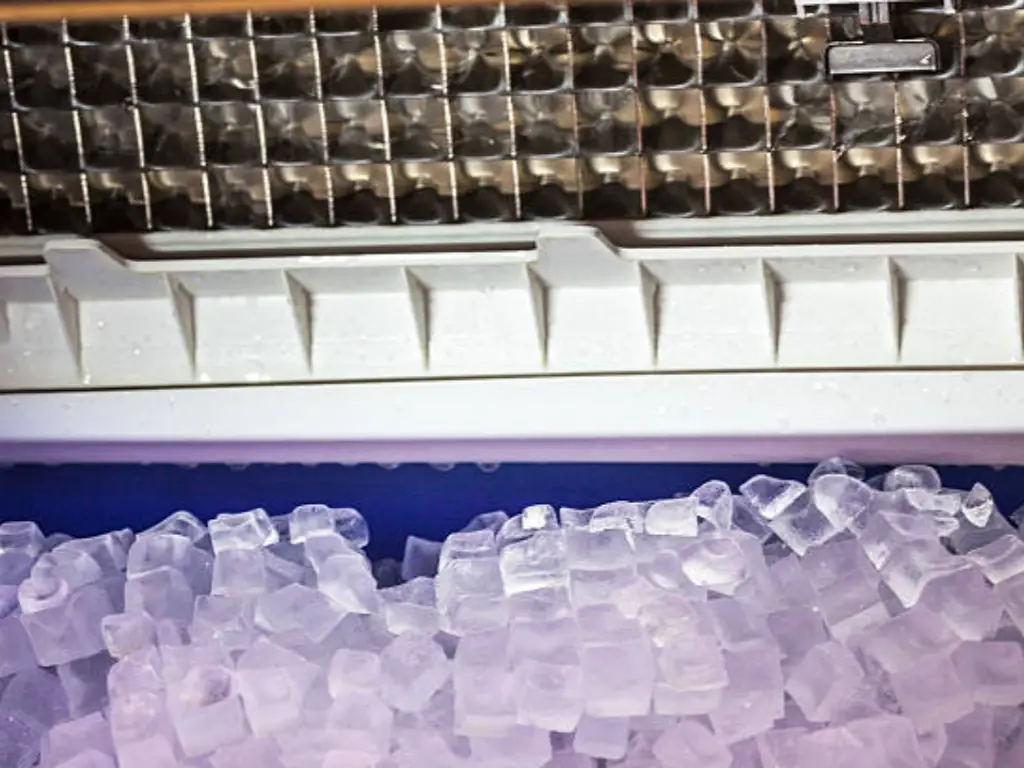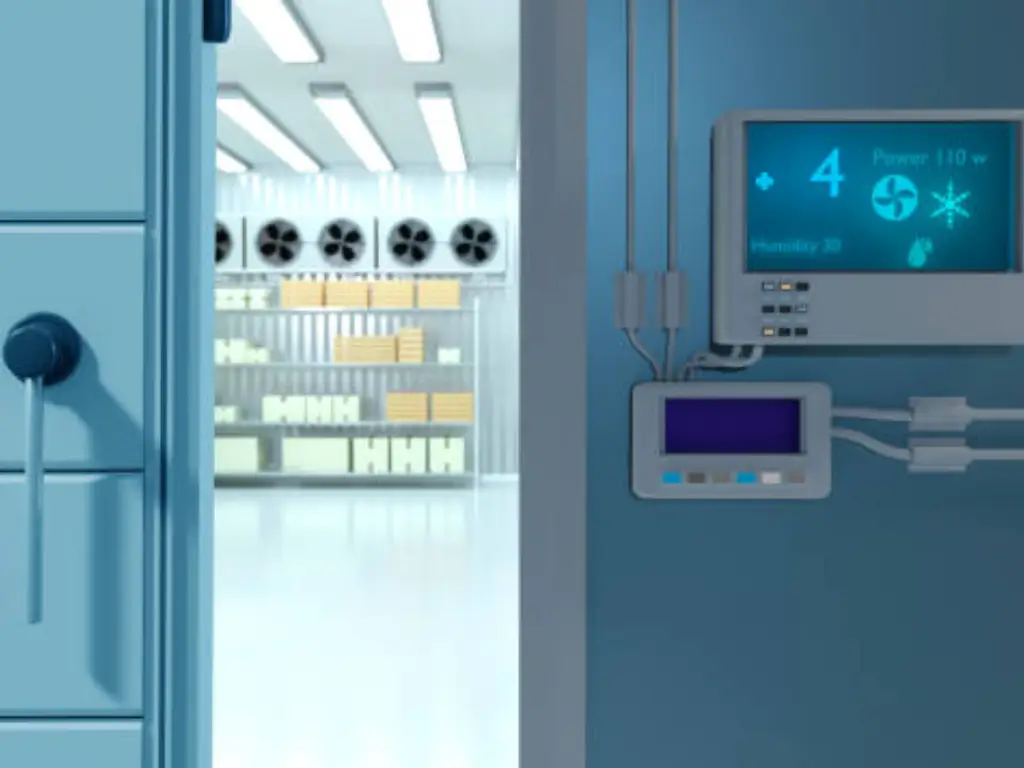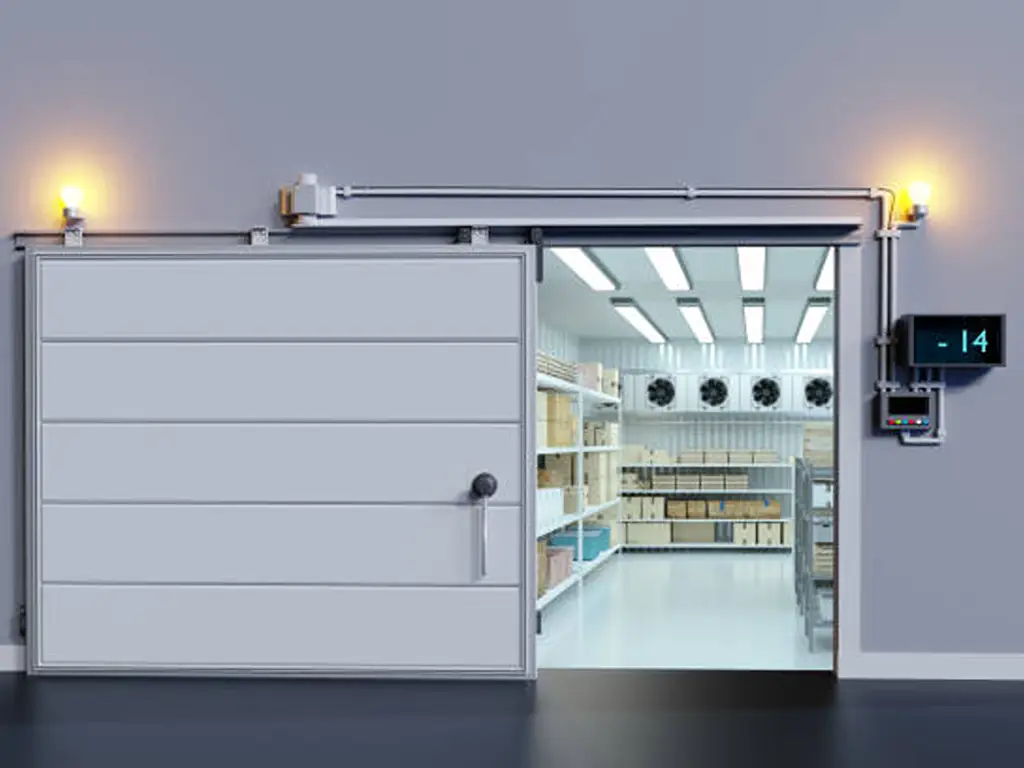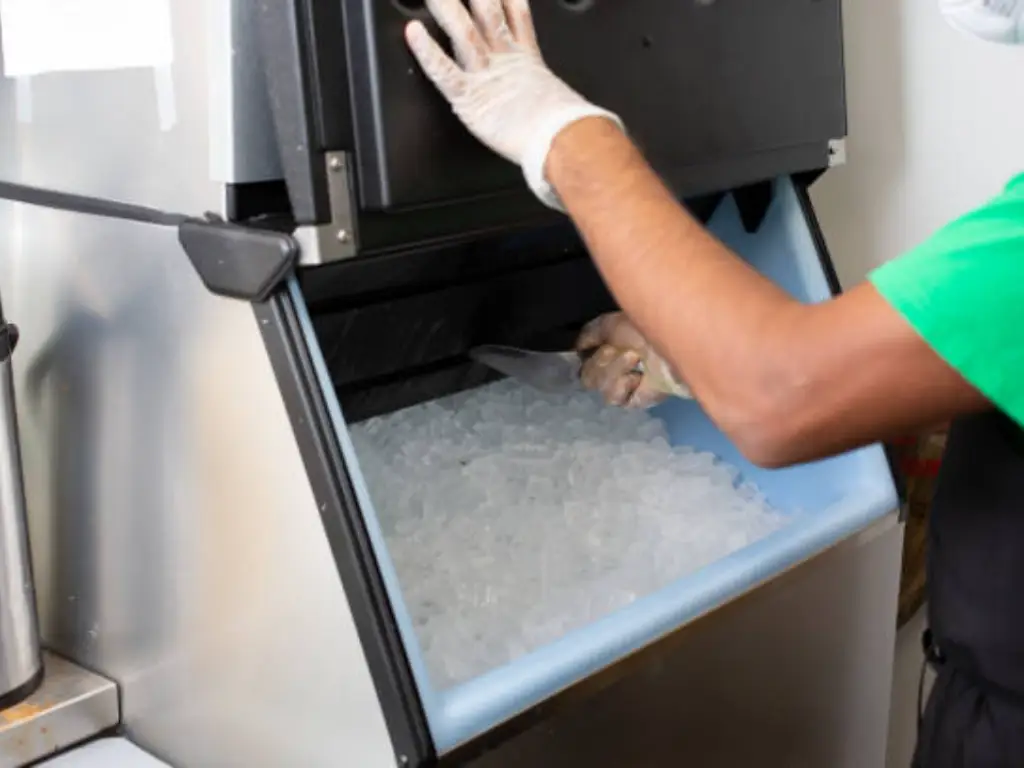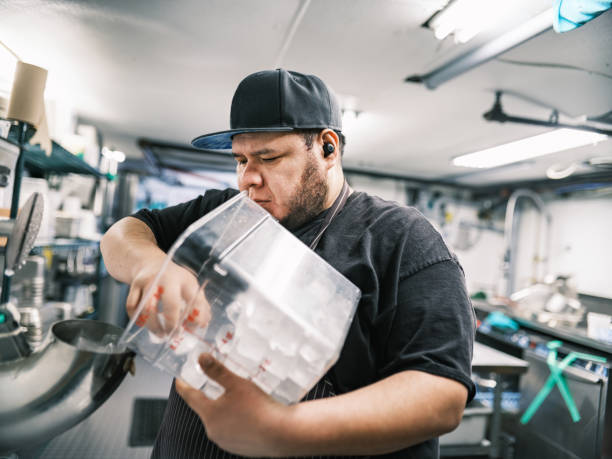Eine saubere Eismaschine ist ein wichtiger Bestandteil von die Kosten und wichtig für die Herstellung von qualitativ hochwertigem Eis und zur Vorbeugung von Gesundheitsrisiken. Regelmäßige Wartung Entfernt den Mineralaufbau, verhindert das Bakterienwachstum, und stellt sicher, dass Ihre Maschine effizient funktioniert. Ob Sie ein Restaurant leiten, Hotel, oder Eisfabrik, Wenn Sie die richtigen Reinigungsmethoden verstehen, können Sie die Lebensdauer Ihrer Maschine verlängern, Eisqualität verbessern, und hilf dir Starten Sie ein Geschäft mit Eis, die Geschäft machen.
In diesem Leitfaden, Wir werden Sie durch einen Schritt-für-Schritt-Reinigungsprozess führen, einschließlich der Desinfektion Ihrer Eismaschine, das Äußere reinigen, und Wasserfilter ersetzen.
Warum regelmäßig Reinigung unerlässlich ist
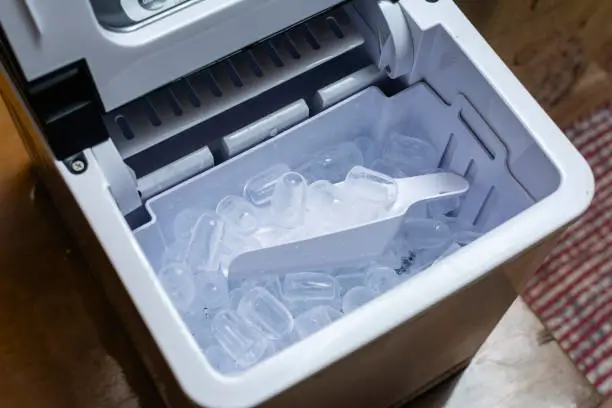
Eine vernachlässigte Eismaschine kann eine bakterielle Kontamination entwickeln, Biofilmschleim, und Mineralablagerungen, die den Eisgeschmack und die Maschinenleistung beeinflussen. Die Reinigung verhindert:
- Bakterien und Schimmelpilzwachstum: Eis wird von der FDA als Lebensmittel angesehen, und eine schmutzige Eismaschine kann schädliche Bakterien beherbergen.
- Mineralaufbau: Hartes Wasser verursacht Limesatzablagerungen, die die Effizienz verringern.
- Verstopfte Filter: Alte Wasserfilter wirken sich auf die Eisqualität aus und können zu Schäden für Maschinen führen.
Die Routinereinigung stellt sicher, dass Ihr Eis sicher ist, frisch, und frei von Verunreinigungen.
Schritt-für-Schritt-Reinigungsprozess
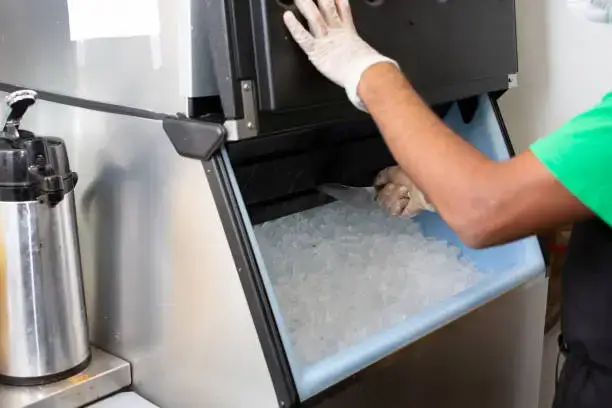
Schritt 1: Vorbereitung
- Schalten Sie die Eismaschine aus und ziehen Sie den Stecker aus.
- Entfernen Sie das gesamte Eis aus dem Behälter und verwerfen Sie es.
- Lesen Sie die Herstellerhandbuch für bestimmte Reinigungsanweisungen und empfohlene Reinigungslösungen.
Schritt 2: Reinigen des Innenraums
- Starten Sie den Reinigungszyklus
- Drücken Sie die Sauber oder Waschen Taste, um den Reinigungsprozess zu beginnen.
- Die Maschine beginnt durch ihre internen Komponenten Wasser zu zirkulieren.
- Fügen Sie einen Nickel-sicheren Eismaschinenreiniger hinzu
- Gießen Sie die empfohlene Menge an Nickel-sicherer Eismaschinenreiniger in den Wassertrog.
- Dieser Reiniger beseitigt Limescale- und Mineralablagerungen, ohne die nickelbezogenen Komponenten zu beschädigen.
- Warten Sie, bis der Reinigungszyklus fertig ist
- Der Zyklus dauert normalerweise herum 20 Minuten, variiert aber je nach Modell.
Schritt 3: Reinigung abnehmbare Komponenten
- Entfernen Sie Teile wie den Eisbehälter, Wassertrog, Eisschaufel, und Panels.
- Bereiten Sie eine Lösung mit warmem Wasser und Eismaschinen -Descaler vor, um die Ablagerungen der Limescale abzuschrubben.
- Verwenden Sie eine weiche Bürste oder Stoff, um alle abnehmbaren Teile gründlich zu reinigen.
- Spülen Sie die Teile mit frischem Wasser aus und lassen Sie sie vollständig trocknen.
Schritt 4: Bergungen Ihrer Eismaschine
Nach der Reinigung, Es ist an der Zeit, Ihre Eismaschine zu sanieren, um Bakterien und Schimmel zu beseitigen. Befolgen Sie diese Schritte:
- Die Desinfektionslösung verwässern mit Wasser gemäß den Anweisungen des Herstellers.
- Verwenden Sie eine Sprühflasche oder ein Einweichen entfernt Teile in der Lösung.
- Spülen Sie nicht mit Wasser sanitäre Teile ab- Lassen Sie das Desinfektionsmittel seinen Job machen.
- Sprühen Sie alle Oberflächen mit Lebensmittelkontakten mit dem Desinfektionsmittel.
- Ersetzen Sie alle entfernten Komponenten Sobald sie saniert werden.
- Warten Sie die empfohlene Zeit Damit das Desinfektionsmittel vor dem Zusammenbau arbeiten kann.
- Verbinden Sie die Eismaschine wieder mit Strom ein.
- Starten Sie den automatischen Reinigungszyklus das System spülen.
- Lassen Sie das Wasser durch Nachfüllen, Fügen Sie dann Desinfektionsmittel hinzu Um die interne Desinfektion zu vervollständigen.
- Stellen Sie Ihre Maschine ein, um wieder Eis zu machen.
Schritt 5: Das Äußere reinigen
Während die Maschine ihren ersten Eiszyklus abschließt, Nutzen Sie die Gelegenheit, um das Äußere zu reinigen:
- Wischen Sie täglich die Außenseite der Maschine ab Mit einer feuchten Tuch oder einer milden Schalenseife mit Lösung.
- Vermeiden Sie abrasive oder chlorbasierte Reinigungsmittel, Da können sie den Finish der Maschine beschädigen.
- Reinigen Sie die Kondensatorspulen Durch Verwendung von Druckluft oder Vakuum mit einer weichen Bürste, um Staub und Schmutz zu entfernen.
- Waschen Sie den Luftfilter mit Seife und Wasser, Dann lassen Sie es vollständig trocknen, bevor Sie es wieder einsetzen.
Wasserfilter ersetzen
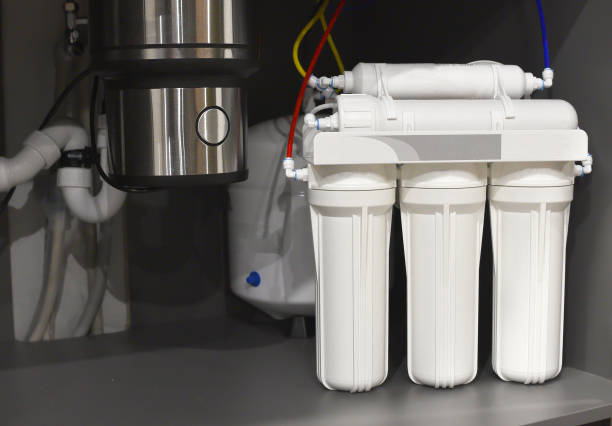
Warum Ihren Wasserfilter ändern? Im Laufe der Zeit, Filter sammeln Verunreinigungen an und reduzieren die Wasserqualität. Verstopfte Filter können zu einer schlechten Eisproduktion führen, Seltsam schmeckendes Eis, und limeskale Aufbau.
Wann zu ersetzen: Jeder sechs Monate, oder wie vom Filterhersteller empfohlen.
Wie man ersetzt: Entfernen Sie den alten Filter, Installieren Sie den neuen, und führen Sie einen Spülenzyklus durch, bevor Sie Eis machen.
Benötigen Sie Hilfe bei der Auswahl eines Filters? In einem Wasserfilterhandbuch finden Sie die besten Optionen für Ihre Maschine.
Wie oft sollten Sie Ihre Eismaschine reinigen?
Die Reinigungsfrequenz hängt von der Verwendung und der Wasserqualität ab:
Nutzung mit hoher Volumen (Eisfabriken, Große Restaurants): Jeder 1-2 Monate
Mäßige Verwendung (Hotels, Barren): Jeder 3-4 Monate
Niedrige Verwendung (Kleine Cafés, Büros): Jeder 6 Monate
Jedoch, Wenn Sie Schleim bemerken, Schimmel, ungewöhnliche Gerüche, oder skalieren Sie den Aufbau, Reinigen Sie Ihre Maschine sofort.
DIY -Reinigung vs. Professioneller Eismaschinenreinigungsservice
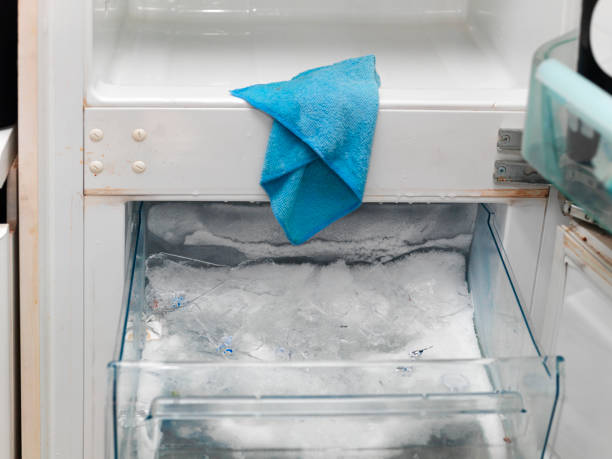
Während die Routinereinigung selbst erledigt werden kann, Manchmal ist es am besten, einen Eismaschinenreinigungsservice zu mieten. Hier ist der Grund:
Gründliche Reinigung: Profis reinigen interne Komponenten, die schwer zu erreichen sind.
Experteninspektion: Sie können frühe Anzeichen von Verschleiß und potenziellen Problemen erkennen.
Zeitsparend: Die Einstellung eines Dienstes reduziert Ausfallzeiten für Ihr Unternehmen.
Wenn Sie kurz oder nicht sicher sind, ob der Reinigungsprozess, Ein professioneller Eismaschinenwartungsservice kann eine großartige Investition sein. Wenn Sie Online- oder Vor-Ort-Unterstützung benötigen, Koller Technisches Team hilft Ihnen bei der Lösung aller technischen Probleme.
Vorbeugende Wartungstipps
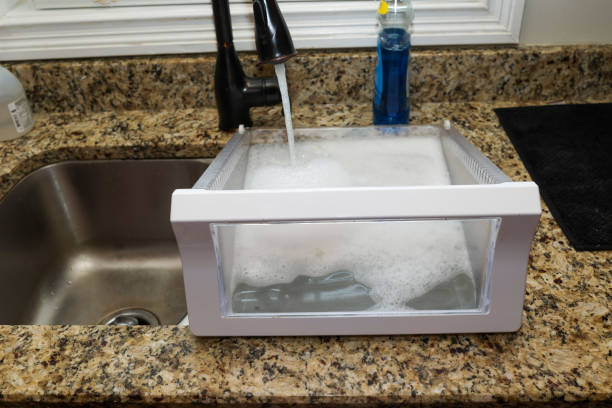
- Verwenden Sie hochwertige Wasserfilter Um den Mineralaufbau zu verhindern.
- Halten Sie die Umgebung sauber Staub und Fettkontamination reduzieren.
- Überprüfen Sie die Maschine regelmäßig für Lecks, Schimmel, oder ungewöhnliche Geräusche.
- Befolgen Sie den Reinigungsplan des Herstellers für optimale Leistung.
Wenn Sie eine selbstverpackte Eismaschine haben, Vergewiesen.
Abschließende Gedanken
Das Reinigen und Desinfektion Ihrer kommerziellen Eismaschine sorgt regelmäßig für hochwertiges Eis, eine längere Maschinenlebensdauer, und Einhaltung der Lebensmittelsicherheit. Egal, ob Sie es selbst reinigen oder einen Eismaschinenreinigungsservice mieten, Konsistenz ist der Schlüssel.
Verwenden der richtigen Produkte-wie ein Nickel-sicherer Eismaschinenreiniger- und Eismaschinen-Descaler-hält die Effizienz und verhindern kostspielige Reparaturen. Befolgen Sie diese Reinigungsschritte, Ersetzen Sie Ihre Wasserfilter rechtzeitig, und genießen Sie jedes Mal kristallklares Eis!
FAQs
Wie verhindern ich Biofilmschleim in meiner Eismaschine?
Regelmäßige Reinigung und Desinfektion sind der Schlüssel zur Verhinderung des Biofilmschleims. Wenn Sie einen Ice Machine -Descaler und die ordnungsgemäßen Wartungsroutinen befolgen, können Sie Ihre Maschine frei von bakteriellem Aufbau halten.
Was sind die Anzeichen eines Mineralbaus in meiner Eismaschine?
Weiße oder kalkhaltige Ablagerungen, Reduzierte Eisproduktion, und schlechte Eisqualität sind Anzeichen eines Mineralanbaus. Regelmäßige Entkala mit einem nickelsicheren Eismaschinenreiniger hilft dies, dies zu verhindern.
Kann ich Essig verwenden, um meine Eismaschine zu reinigen??
Essig kann bei kleinen Mineralvorkommen helfen, Aber es ist nicht stark genug für die tiefe Reinigung. Verwenden Sie am besten einen kommerziellen Flake Ice Machine -Descaler für gründliche Ergebnisse.
Soll ich meine selbstverschlussliche Eismaschine immer noch reinigen?
Ja! Eine sich selbst verabreichte Eismaschine hilft bei der Verringerung des Aufbaus, Aber Sie müssen es immer noch manuell reinigen und zur vollen Hygiene desinfizieren.
Woher weiß ich, wenn mein Wasserfilter ersetzt werden muss?
Wenn Sie einen Tropfen der Eisqualität bemerken, Reduzierter Wasserfluss, oder ein ungewöhnlicher Geschmack, Es ist Zeit, Ihren Filter zu ersetzen.


